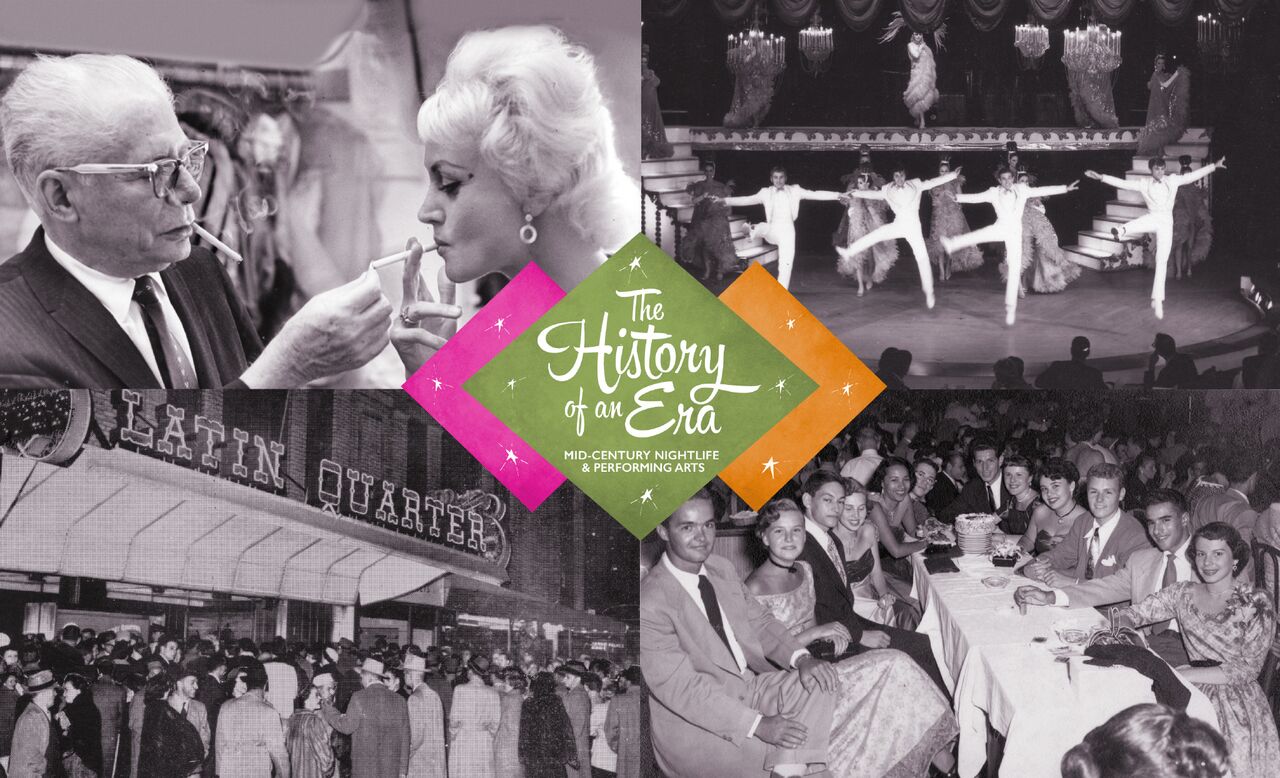Remembering Manhattan nightclubs
Over the years the New York City area has had its fill of nightclubs and supper clubs.

Paper fragment circa 1950s from publication “Cabaret Yearbook, Volume 2” article, “Night Club Guide to New York”. Image courtesy John Hemmer Archive. Image subject to copyright.
Brooklyn had Ben Maksik’s Town and Country. By the George Washington Bridge in New Jersey was Bill Miller’s Riviera. There was the Rainbow Room at Rockefeller Center. The Persian Room at the Plaza Hotel and the Maisonette at the St. Regis. Even the Waldorf Astoria had a showroom, then there was the Stork Club, and Versailles, just to name a few.
What they all had in common was that they featured a main attraction. If you were a lucky patron there might be an opening act for the STAR.
The Hawaiian Room was located in the basement of the Lexington Hotel and first featured a male Hawaiian singer with the house orchestra. Later the venue boasted two Hawaiian ladies doing the hula. The food they served was Polynesian, but the cooks were Swiss.
Over time the show grew until The Hawaiian Room offered a line of girls. In the late ‘50s the attraction started to wear off and finally in 1966, the supper club closed. The cost of renovation to the fire prevention system proved too costly.

Photochrome postcard, circa 1950s. The Hawaiian Room at the Hotel Lexington at Lexington Avenue & 48th Street, New York, NY. Image courtesy John Hemmer Archive. Image is subject to copyright.
In the basement of a building on 61stand 5thAvenue was Jules Podell’s Copacabana. It was a tropical Brazilian themed room and they were know for their line of beautiful female dancers. They might do a number or two and interact with the main attraction. They eventually went to Las Vegas.

Paper fragment circa 1950s from publication “Cabaret Yearbook Volume Two” article, “Night Club Guide to New York”. Imagery courtesy John Hemmer Archive. Image subject to copyright.
Only the Latin Quarter featured a full fledged show with its girl and boy dancers, showgirls, and a production singer, which was independent of a star attraction.
At the Latin Quarter we had variety acts, seals, dogs, monkeys, magicians, comics, roller skaters, bicyclists, ventriloquists – you name it, the Latin Quarter had it.
During my time there in the late 1960s, we opened the show with the first of three major production numbers in which the girls had to change part of their costumes three times. Then the variety acts came on, followed by another big ice number with the girls in floor length velvet capes that made them look like they were ice skating.

Photochrome postcard, circa 1940s. Exterior of Lou Walters World Famous Latin Quarter nightclub at 48th & Broadway, New York, NY. Image courtesy John Hemmer Archive. Image subject to copyright.
Out of the capes that stood up like tee pees, a waltz with the boys and a Russian song by the production singer proceeded. Then the girls returned to their capes to finish the number. At last the headliner came on for his or her turn. The closer, a jazzy gogo number in silver lame and all of a sudden 75 to 90 minutes had gone by.
There was a show at 8pm and the second at midnight. It was the same type of show you would have seen at the Moulin Rouge in Paris and indeed that was Lou Walters’ World Famous Latin Quarter’s inspiration.
~ “Remembering Manhattan Nightclubs” is written by dancer, Teak Lewis. To learn more about Teak, visit Teak Lewis at the Latin Quarter and Meet the Entertainers: Teak Lewis.
Imagery courtesy of John Hemmer Archive and subject to copyright.


0 Comments